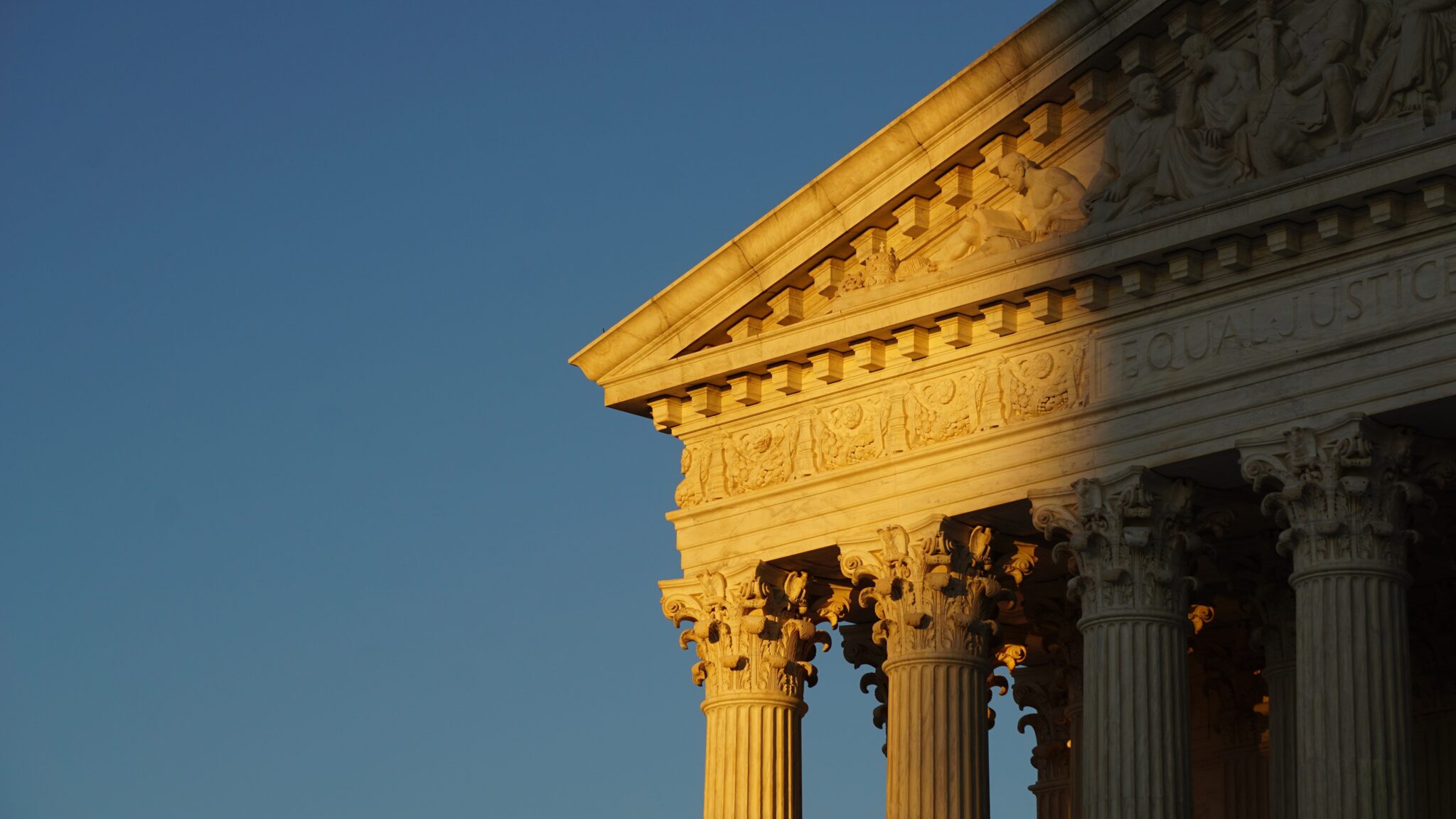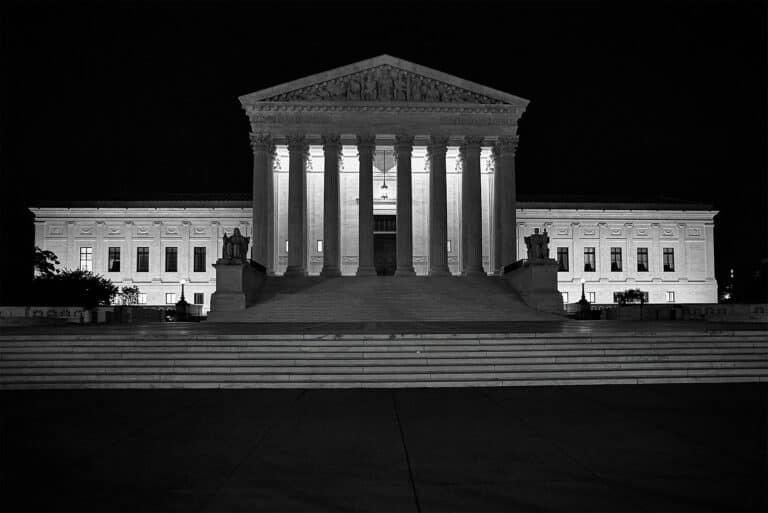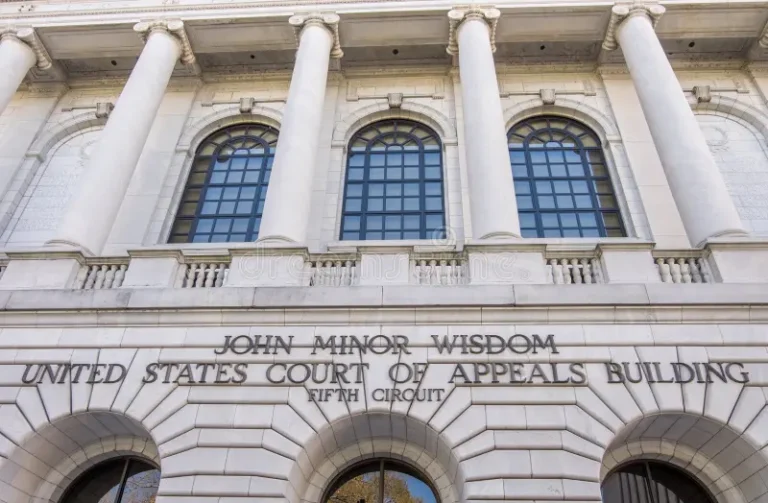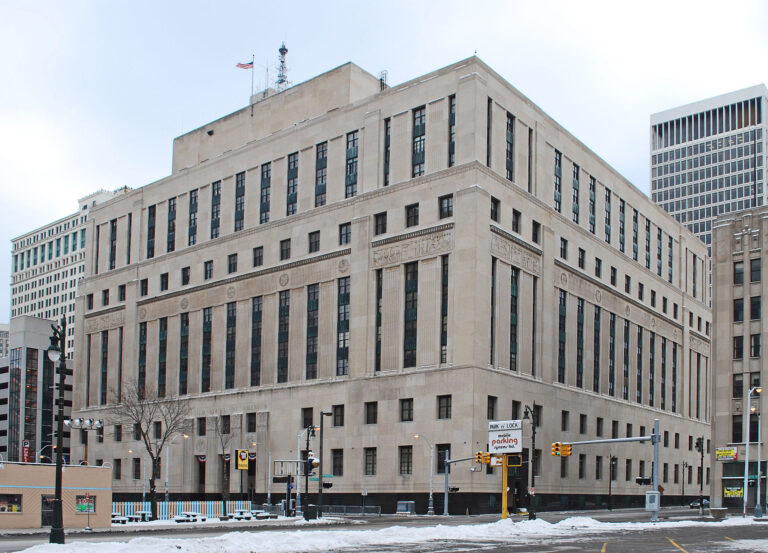
Andrew Strom is an Associate General Counsel of Service Employees International Union, Local 32BJ in New York, NY.
As expected, all six Republican appointees on the Supreme Court ruled in favor of the employer in Glacier Northwest Inc. v. Teamsters. Due to strategic voting by Justices Kagan and Sotomayor, the initial coverage of the opinion downplayed how anti-union this outcome is, but make no mistake, this decision is a gift to employers.
When drivers at a concrete company struck, their employer responded by suing their union in state court, alleging that the union designed the strike to sabotage the company’s property. The case involves the application of a sixty year-old doctrine known as “Garmon” preemption. In San Diego Building Trades Council v. Garmon, the Supreme Court held that the National Labor Relations Act (NLRA) preempts state law whenever a lawsuit is based on conduct that is either “arguably” protected or prohibited by the NLRA. Here, the Supreme Court is reviewing a decision from the Washington Supreme Court, but after the Washington court issued its decision, the National Labor Relations Board’s General Counsel issued a complaint against Glacier Northwest alleging that the strike conduct at issue was protected by the NLRA. As Justice Jackson pointed out in her dissent, once the NLRB complaint issued, the Court had “no business delving into this particular labor dispute at this time.” The majority remanded the case to the Washington Supreme Court to rule on the significance of the NLRB complaint, explaining that it is a “court of review, not of first view.” This approach makes sense when there is a need to further develop a record, but remand shouldn’t be necessary for a straightforward application of an established rule – after all, the NLRB complaint rests on a determination that the workers’ actions were at least “arguably” protected by the NLRA. What’s alarming is that three Justices (Alito, Gorsuch, and Thomas) somehow think that if the Washington Supreme Court dismisses the case based on the NLRB complaint, the decision “would be a good candidate for a quick return trip” to the Supreme Court. The majority’s reservation of judgment on this question means, at a minimum, that we have to hold our breath until after the Court disposes of Glacier’s next cert petition.
While this very dispute is being litigated at the NLRB, the Court issued what may amount to an advisory opinion that the Washington courts should have allowed the case to go forward, at least until the NLRB issued its complaint. The Court ruled that the state lawsuit was not preempted because “accepting [Glacier’s] allegations as true, the Union did not take reasonable precautions to protect Glacier’s property from imminent danger resulting from the drivers’ sudden cessation of work.” The optimistic spin on this decision is that it is a highly fact-specific ruling that does not change any existing law. The Court reaffirms that a strike is not unprotected simply because the employer’s perishable products spoil when workers walk off the job. Instead, the Court holds that (based solely on Glacier’s allegations), the strike lost the protection of the NLRA because the drivers left concrete in trucks where it could have hardened and damaged the trucks.
The Court’s opinion clearly could have been much worse, and almost certainly would have been if not for the strategic votes cast by Kagan and Sotomayor. Justices Thomas and Gorsuch wrote separately to say they would have done away with Garmon preemption. Justice Alito, joined by Thomas and Gorsuch, would have found that the strike was unprotected simply because it caused the company to destroy some concrete. If Kagan and Sotomayor had not joined Justice Barrett’s opinion, the majority opinion would likely have moved in the direction of Alito’s concurrence.
But just because the outcome could have been worse doesn’t mean that the decision isn’t bad for workers. While the Court did not purport to overrule any existing cases, no earlier case allowed a lawsuit to go forward based on similar allegations. Strikers are only supposed to lose the protection of the NLRA when they fail to take “reasonable precautions” to protect their employer’s property from “forseeable, aggravated, and imminent danger.” The Court somehow decided that it wasn’t even arguable that the strikers failed to protect the trucks from “aggravated” danger even though there was no damage to any truck. Besides, even if a strike loses the Act’s protection, in Lodge 76, Int’l. Assn. of Machinists v. Wisconsin Emp. Relations Comm., the Court had held that non-violent economic weapons are immune from state regulation. While Machinists had carved out an exception for “destruction of property,” no court had applied that exception where the claim was merely that the strike might have caused some property damage.
In addition, the decision is an attack on the primary jurisdiction of the NLRB to adjudicate labor disputes. Quoting a seventy-year old Court decision, Justice Jackson reminded her colleagues that Congress “entrusted administration of the labor policy for the Nation to a centralized administrative agency … equipped with its specialized knowledge and cumulative experience.” The Court’s opinion means that an employer’s well-drafted state law complaint alleging that workers failed to take sufficient precautions when they walked off the job will likely survive a motion to dismiss, subjecting a union to expensive discovery at least until the union can get the NLRB to issue a complaint against the employer.
The ongoing proceedings at the NLRB further demonstrate how misguided the Court’s opinion is. After the Court heard oral argument, the NLRB held a nine-day hearing addressing whether the strikers’ conduct was arguably protected, and then, the parties submitted hundred-plus page briefs discussing the facts and the relevant law. The fact-intensive inquiry that the NLRB is conducting highlights the rationale for the Garmon doctrine: “[a] multiplicity of tribunals and a diversity of procedures are quite as apt to produce incompatible or conflicting adjudications as are different rules of substantive law.”
Rather than let the process play out at the NLRB, the Court majority decided that a few bare bones allegations are enough to leave a union representing striking workers subject to the vagaries of state tort law. The Court holds that by striking mid-shift while some trucks were full of concrete, the strikers lost the protection of the NLRA because they “posed a risk of forseeable, aggravated, and imminent harm to Glacier’s trucks” even though the drivers returned their trucks to Glacier’s facility with the engines running. But, as Justice Jackson put it, “[w]orkers are not indentured servants, bound to continue laboring until any planned work stoppage would be as painless as possible for their master.” Jackson further pointed out that labor law already gives employers the option of locking workers out if they want to determine the timing of a work stoppage. Moreover, knowing a strike was likely, Glacier could have had additional staff on hand to dispose of any undelivered concrete.
This decision is part of the right-wing’s ongoing attack on administrative agencies. Instead of deferring to the expertise of the agency Congress created to adjudicate labor disputes, the Court is inviting every state court judge to reach their own conclusion about whether strike activity is protected by federal law. And, if the state court rules for the workers, the Supreme Court will be ready to step in.









Daily News & Commentary
Start your day with our roundup of the latest labor developments. See all
November 22
In today’s news and commentary, nurses in Michigan vote to unionize and a hotel workers strike continues in Las Vegas. Nurses at Corewell Health in Michigan voted to unionize after a year-long campaign. This election resulted in one of the largest union election victories in nearly 20 years, according to the NLRB, with this election […]
November 21
Workers at electric vehicle battery production complex in Kentucky launch campaign to join the UAW; Amazon workers at company’s largest air facility on the West Coast start union drive to join the Teamsters; and medical residents and fellows affiliated with Brown University organize to join CIR/SEIU Healthcare.
November 20
Philadelphia unions plan a joint strike, Greece faces a 24-hour general strike, and University of California unions set strikes for today and tomorrow.
November 19
Fifth Circuit hears challenges to NLRB; Democratic NLRB majority may be ending soon; building trades unions criticize Democratic party
November 18
In today’s News & Commentary, the Democratic Party Union blasts staff layoffs and Philadelphia city workers threaten mass strike. The Democratic National Committee Staff Union has criticized party leadership following several days of layoffs in the wake of the 2024 election loss. The union claims these cuts go beyond typical post-election turnover and have impacted […]
November 17
DOL overtime rule struck down; Cornell Graduate Student Union speaks on campus repression.